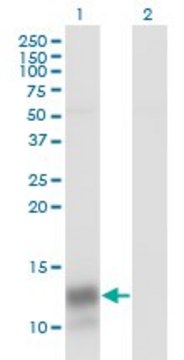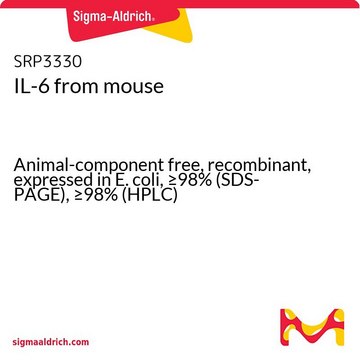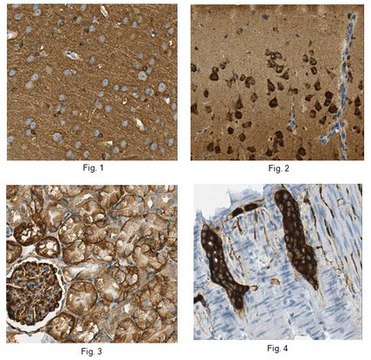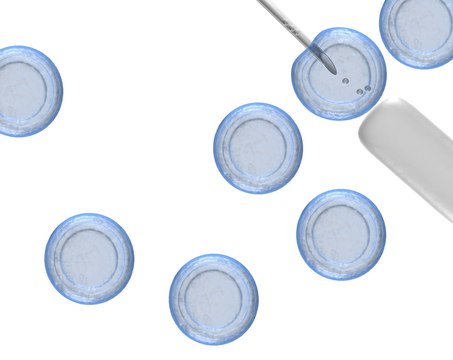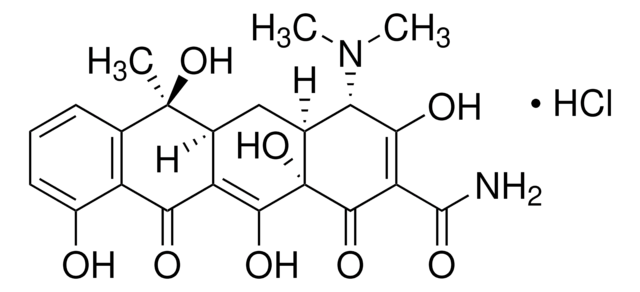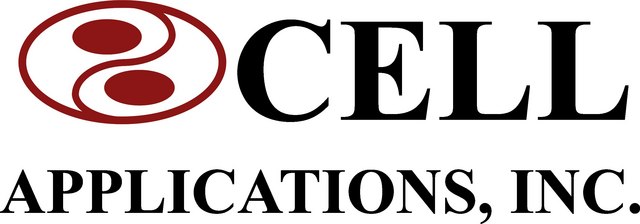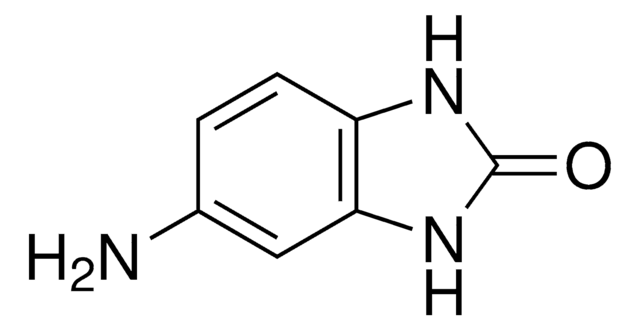MABS1255
Anti-Platelet Factor 4 Antibody, clone 197.2
clone 197.2, from mouse
Synonym(s):
Platelet factor 4, C-X-C motif chemokine 4, Iroplact, Oncostatin-A, PF-4
About This Item
Recommended Products
biological source
mouse
Quality Level
antibody form
purified immunoglobulin
antibody product type
primary antibodies
clone
197.2, monoclonal
species reactivity
human
technique(s)
ELISA: suitable
flow cytometry: suitable
immunocytochemistry: suitable
western blot: suitable
isotype
IgG1κ
NCBI accession no.
UniProt accession no.
shipped in
ambient
target post-translational modification
unmodified
Gene Information
human ... PF4(5196)
Related Categories
General description
Specificity
Immunogen
Application
ELISA Analysis: A representative lot detected PF4 in the absence of heparin by ELISA. Decreased immunoreactivity of clone 197.2 was seen toward heparin-complexed PF4 (Xiao, Z., et al. (2008). Blood. 112(4):1091-1100).
Function Analysis: A representative lot and PF4, but not clone 197.2 or PF4 alone, activated human neutrophils as indicated by Mac-1 upregulation (Xiao, Z., et al. (2008). Blood. 112(4):1091-1100).
Immunocytochemistry Analysis: A representative lot, preconjugated with Alexa Fluor™ 488, immunolabeled the co-administered PF4 on human neutrophils. CD32a (Fc gamma RIIA) was seen co-localized with the PF4 anti-PF4 immune complexes on the surface of activated neutrophils (Xiao, Z., et al. (2008). Blood. 112(4):1091-1100).
Western Blotting Analysis: A representative lot detected PF4 under both reduced and non-reduced condition by recognizing a linear epitope (Xiao, Z., et al. (2008). Blood. 112(4):1091-1100).
Quality
Flow Cytometry Analysis: 1 µg of this antibody detected PF4 in one million 4% paraformaldehyde-fixed, 0.2% Triton X-100-permeabilized human platelets.
Target description
Physical form
Other Notes
Legal Information
Not finding the right product?
Try our Product Selector Tool.
Storage Class Code
12 - Non Combustible Liquids
WGK
WGK 2
Flash Point(F)
Not applicable
Flash Point(C)
Not applicable
Regulatory Information
Certificates of Analysis (COA)
Search for Certificates of Analysis (COA) by entering the products Lot/Batch Number. Lot and Batch Numbers can be found on a product’s label following the words ‘Lot’ or ‘Batch’.
Already Own This Product?
Find documentation for the products that you have recently purchased in the Document Library.
Our team of scientists has experience in all areas of research including Life Science, Material Science, Chemical Synthesis, Chromatography, Analytical and many others.
Contact Technical Service